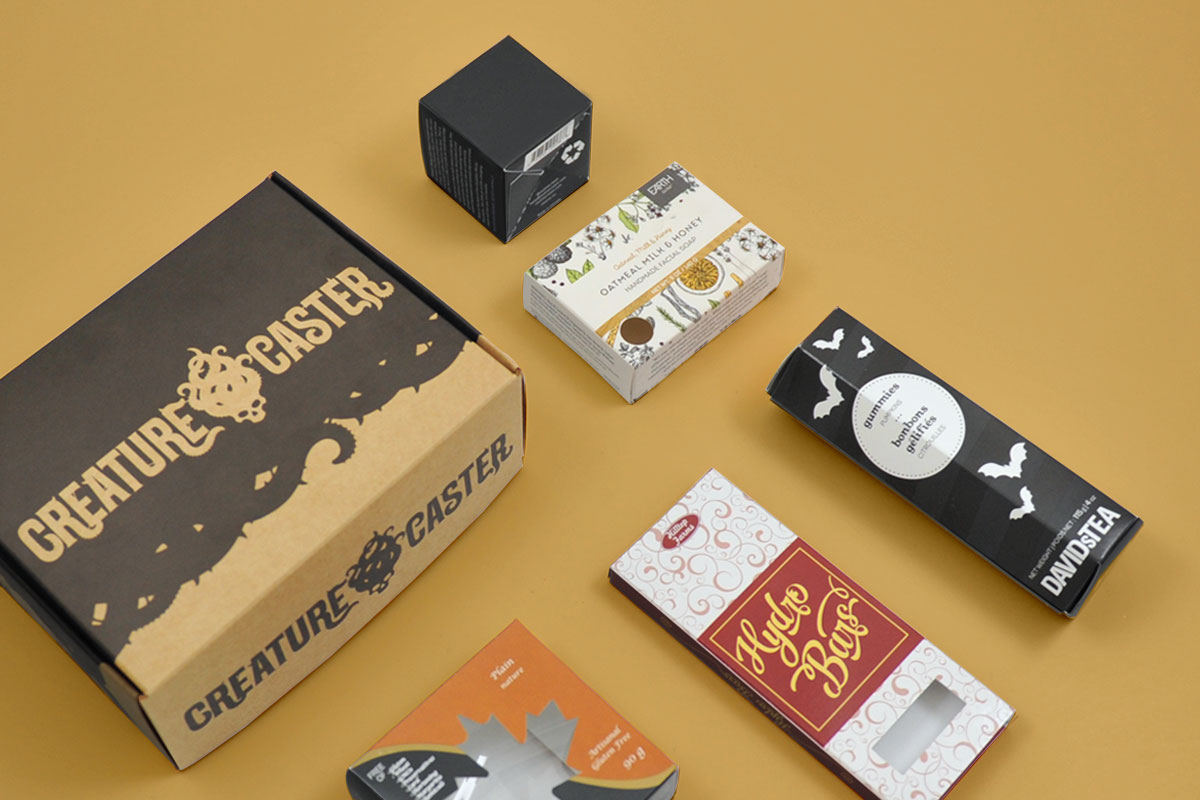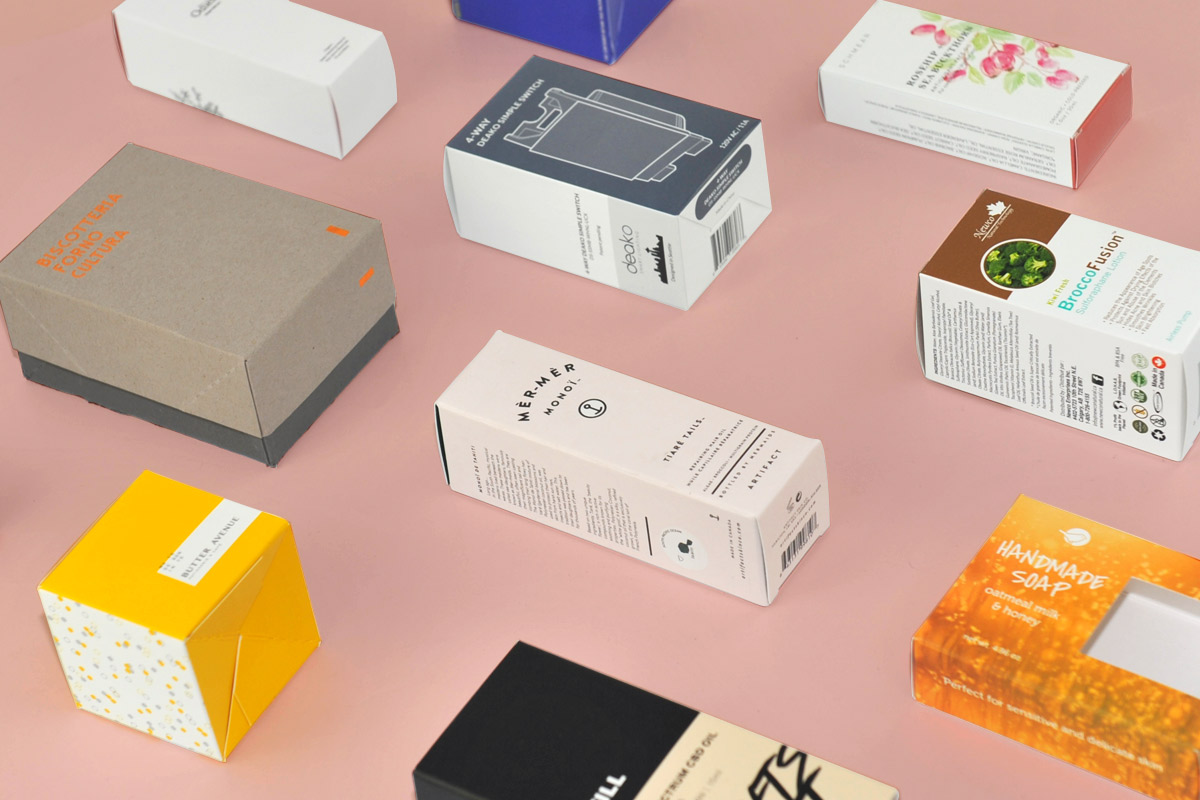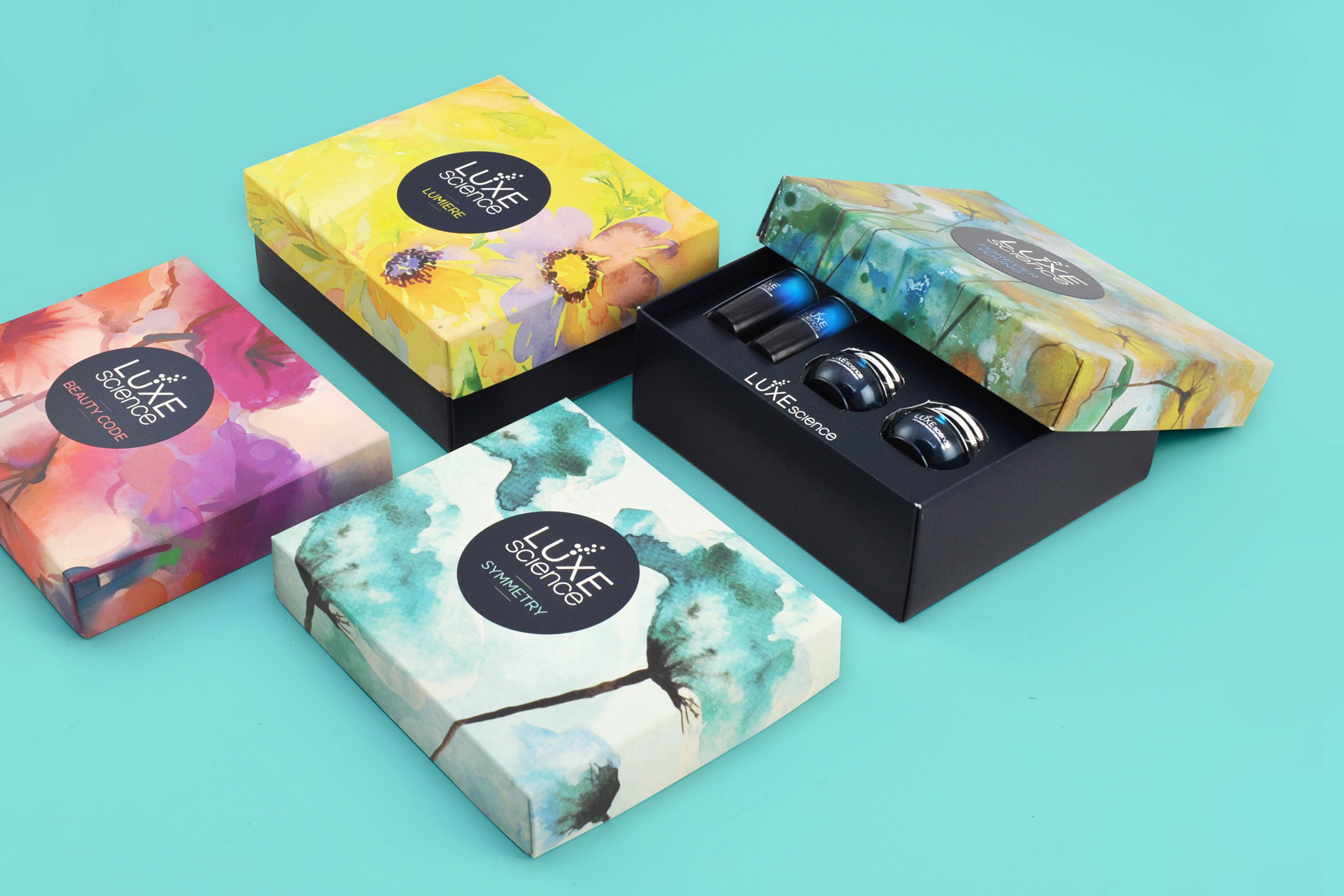The area of marijuana packaging is still relatively new due to the recent increase in areas where cannabis is legal, but there is already a wide range of packaging options for those who sell marijuana. While you could theoretically use any type of product packaging for your marijuana, provided it is sanitary, some types of packaging are more common than others. Explore the various categories of packaging, including the pros and cons of each, to get a better idea of which one is right for your marijuana company.
Rigid Packaging
Rigid packaging for cannabis includes containers that are hard and unyielding, typically made of metal, glass, or hard plastic. This type of packaging provides excellent protection for the marijuana product, something that is particularly crucial in the case of cannabis flowers since crushed trichome heads can lead to a higher oxidation rate. Additionally, rigid packaging keeps its form, delivering a consistent presentation. It is also easy to keep hygienic, thanks to its non-porous material. This enhances the shelf life and safety of the contents, something which would be beneficial for any other pharma product.
Depending on the type of material you choose for rigid marijuana packaging, however, it may shatter or break easily, damaging the product or leading to cross-contamination. Certain shapes of rigid containers can also make it hard to get all the product out of the packaging. You may also need to either opt for an opaque container or add a bag to the product to comply with regulations.
Semi-Rigid Packaging
Semi-rigid packaging will hold its form unless it receives moderate pressure, at which point the structure has some give. Examples include thin aluminum cans, carton containers, and thermoformed plastic containers. In terms of marijuana packaging, these types of containers tend to be quick and affordable to create as well as lightweight, which leads to lower transportation costs. There is also an incredibly high level of customization available since semi-rigid packaging tends to use cast molds. Marijuana companies can appreciate that these containers are unlikely to shatter, tear, or break.
However, there is a higher chance of container scratching if it is semi-rigid, giving your marijuana product an unprofessional appearance. The plastic may also yellow or visually distort. The affordability and production ease of these containers are countered by the fact that they are made of plastic that degrades, thereby decreasing the shelf life of the product. Some materials you use may also be flammable or hard to recycle and reuse, which will make consumers less likely to choose your cannabis product.
Flexible Packaging
Finally, flexible packaging can change shape once it is filled and sealed. This type of packaging for marijuana can include envelopes, wraps, pouches, bags, and sachets and is typically made from plastic film, aluminum foil, or paper, typically 13-75 micrometers thick. This type of packaging is simple to find and is flexible plus ergonomic, taking up minimal space in a shelf display. The lightweight nature of the packaging makes it cheaper to ship. Additionally, the packaging tends to be recyclable and easy to print on and is highly customizable. If you opt for parchment paper, the silicone surface prevents sticking as well.
The downsides to flexible marijuana packaging include the risk of punctures or tampering with low-quality products. These containers can also cause unintentional damage depending on your marijuana product. While cannabis concentrates tend to be fine, flowers will likely get crushed and damaged.






